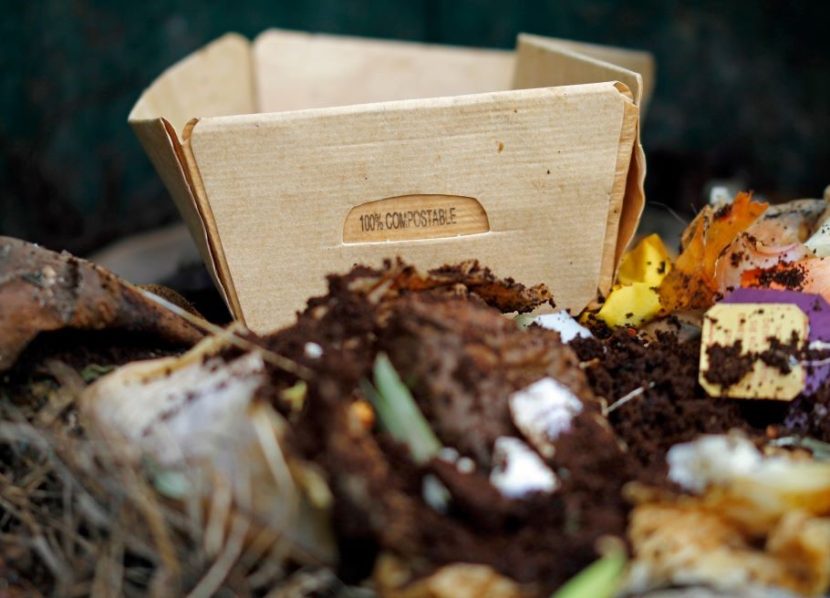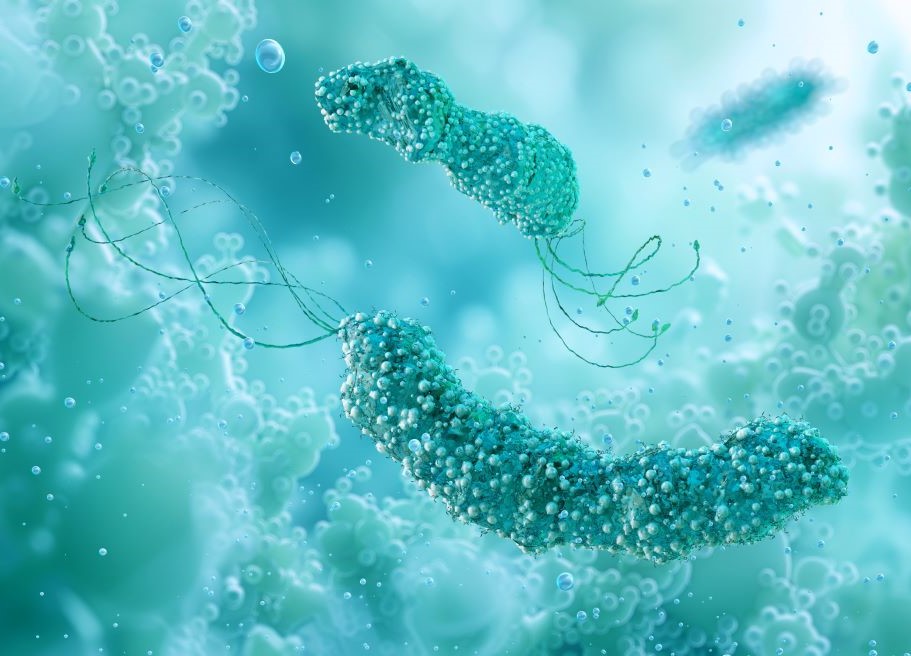Compostable Packaging Solutions: Balancing Food Safety with Sustainability
By Felicity Kelly
Few things are as important as food safety. Proper food handling and packaging prevent serious illness caused by cross-contamination and protect both staff and consumers. Historically, food safety has long been defined by the widespread use of single-use materials like plastic and styrofoam that are easily acquired and disposed of.
We have a responsibility to find better options to replace the single-use products currently filling our landfills. Luckily, there are methods for promoting sustainability without compromising food safety
Compostable packaging is a simple way to reduce our environmental impact while protecting food items.
Both food safety and environmental sustainability are important, and the two are not mutually exclusive.
The Need for Compostable Packaging in Food Safety
Compostable packaging as a replacement for single-use plastics is ideal for many reasons. Over eight million tons of plastic is discarded annually in the world’s oceans. When this happens, critical ecosystems for marine animals are damaged or destroyed, posing a great risk to animal life.
Since compostable packaging is made of organic and renewable material, it breaks down over time and far more quickly than plastic. Compostable products are made from materials that are designed to return to the earth. This solution supports global efforts to reduce single-use materials in landfills.
Ensuring Food Safety in Compostable Packaging Solutions.
The natural materials (such as sugarcane bagasse or paperboard) that make up compostable packaging are designed to break down easily in specific environments.
Health experts agree that there is a dire need worldwide to embrace sustainable packaging.
“To ensure sustainable plastic-based packaging materials, environmentally friendly biodegradable polymers need to be explored more than ever before. Biodegradable polymers such as proteins, polysaccharides, lipids, and vegetal sources… should be encouraged for packaging materials,” according to a report from the National Library of Medicine.
Part of that process is ensuring that the packaging you use can safely hold and store its edible contents. Depending on what is being packaged, there are different compostable options available.
It’s also critical to pay attention to the shelf life of compostable materials. When stored properly, compostable packaging usually has a shelf life of eight to 12 months. Using these items within that time frame can help ensure the safety of any packaged food.
Innovations and Technologies in Compostable Packaging
As daunting as it may seem, the switch to more sustainable packaging that makes use of renewable materials is as easy as ever. Innovative options are coming to market often. Whether it’s as simple as alternatives to plastic cups or inventions that seem like science fiction, compostable packaging is constantly evolving.
Bioplastics
Bioplastics are created using organic materials such as polylactic acid (PLA), making them an excellent option for compostable food packaging. Some materials used in the production of bioplastics include corn, vegetable oils, and woodchips.
While there are some concerns about the chemicals used in processing bioplastics, current evidence shows that they do not pose any health concerns. Bioplastics are a great food packaging choice because they can be food-safe, compostable, and still single-use.
Plantable Packaging
Plantable packaging is a type of compostable material that has seeds woven into the product. After use, this packaging can be planted into the soil with the seeds eventually released.
For items that have to be single-use, this zero-waste option can protect the environment while maintaining food safety standards.
Best Practices for Balancing Food Safety
Farmers, restaurant owners, and others concerned with food safety might feel some hesitation about making the switch to compostable packaging.
To ensure that food safety standards are met while prioritizing sustainability, experts recommend a concept known as co-management.
Co-management is the idea that every decision within the food production process can be made with both food safety and conservation in mind. It aims to preserve natural resources at each step of the process so that no single element in food production, processing, and packaging is responsible for severe environmental impact.
Instead, a strong focus on communication between those who make up the supply chain is encouraged, ensuring that expertise is shared between stages and neither safety nor sustainability is compromised.
Both food safety and environmental sustainability are important and the two are not mutually exclusive. To preserve natural resources, protect the environment, and minimize waste, substantial efforts need to be made worldwide to increase the use of compostable, recyclable, and reusable packaging.
About the Author:
Felicity Kelly is the Head of Sustainability at Bunzl Australia & New Zealand. With over 20 years of experience, she assists organizations in enhancing their sustainability performance and reputation, as well as managing their entire value chain through stakeholder engagement, communication, risk management, problem-solving, strategy development, and execution.

-
 FeaturedRisk management
The Cost of a Breach: What a Cyberattack Could Mean for Food Safety Recalls
FeaturedRisk management
The Cost of a Breach: What a Cyberattack Could Mean for Food Safety Recalls
-
 FeaturedRisk management
Securing the Food Chain: How ISO/IEC 27001 Strengthens Cybersecurity
FeaturedRisk management
Securing the Food Chain: How ISO/IEC 27001 Strengthens Cybersecurity
-
 FeaturedRisk management
Revolutionizing Food Safety Training: Breaking Out of the “Check-the-Box” Mentality
FeaturedRisk management
Revolutionizing Food Safety Training: Breaking Out of the “Check-the-Box” Mentality
-
 GFSI Standards
GFSI 2025: Building Trust, Tech-Forward Solutions, and Global Unity in Food Safety
GFSI Standards
GFSI 2025: Building Trust, Tech-Forward Solutions, and Global Unity in Food Safety
-
 FeaturedFood Safety
Integrated Pest Management: Strategies to Protect Your Brand’s Reputation
FeaturedFood Safety
Integrated Pest Management: Strategies to Protect Your Brand’s Reputation
-
 FeaturedFood Safety Culture & Training
No Open Door Policy: Challenges That Impact Pest Control in Food Processing Plants
FeaturedFood Safety Culture & Training
No Open Door Policy: Challenges That Impact Pest Control in Food Processing Plants




